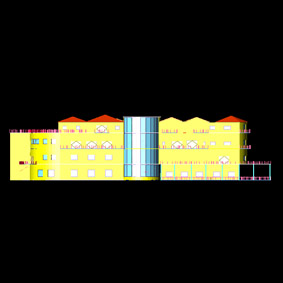

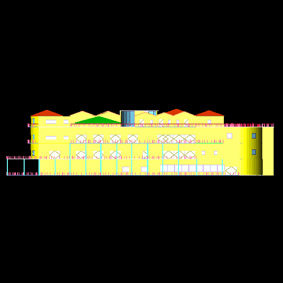

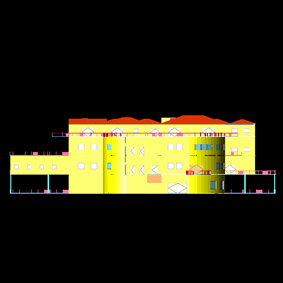

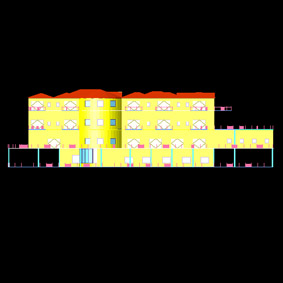

The hotel is located on the hill at a settlement of Neoxori of the lake Plastira in Karditsa. The ectasis (ground) of the hotel is immense and it is also the biggest of the area. One can say that the area has an architectural style that is distinguished by hotels and guest houses of the area, either via the program ‘LEADER’ or not. Materials like wood, stone and smooth lime cast in colors like white, grey, dark red, ochre, and yellow define most of the bulges of buildings in the area.
The hotel is luxurious and it contains 21 suites, a coffee house, a restaurant, a swimming pool, a gym, a health resort and a patio on the last floor. The building has three deck floors in khaki and yellow, as basic colors. It also has wooden false roofs with internal columns on the basement, the ground floor and the first floor. In the bedrooms the brickwork from the roof is noticeable and the bathrooms are extremely comfortable.
The large doors are in the basement and the French doors are big enough. The view from the hotel is the lake Plastira, the village and the hill Malokentro. On the Malokentro hill, a large square is going to be constructed shortly.
The main characteristics of the hotel are the huge and comfortable areas and the configuration of the environment is established by high trees. The balconies are quite big because of the view and the patio has beautiful lighting and sculptures.
In the end, the hotel is a manufacture that stylizes the landscape and it is also harmonized with it.
Supervisor: Kotionis Zissis
Reference Number: 147
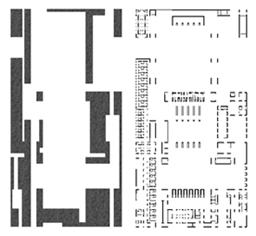

The existing building of the “Tabetha” Orphanage is administrative property of the Sacred Metropolis of Thiva and Levadia. The three-storey building hosts around forty orphan girls and six employees. The orphans’ age ranges from a couple of months to twenty years old. There is an increasingly growing need for larger and better designed living spaces – both bedrooms and playing areas – which makes the orphanage’s relocation to a larger and carefully chosen site imperative. This diploma thesis tackles these issues of relocation and design, by redefining space for existing uses, as well as by adding new uses for the amelioration of the orphans’ life.
Supervisor: Kanarelis Theoklis
Reference Number: 156
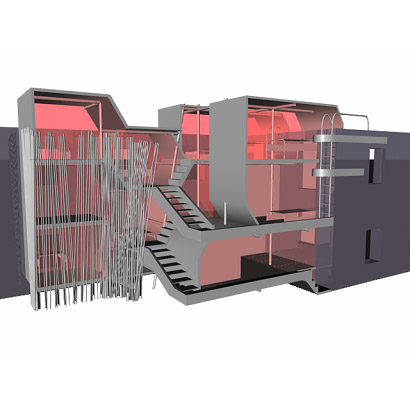

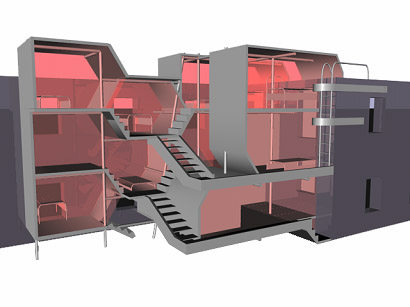

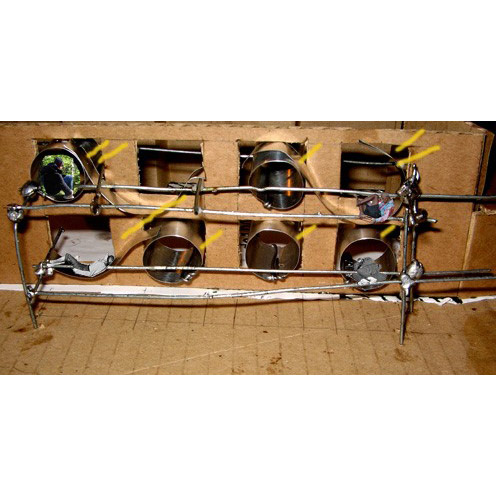

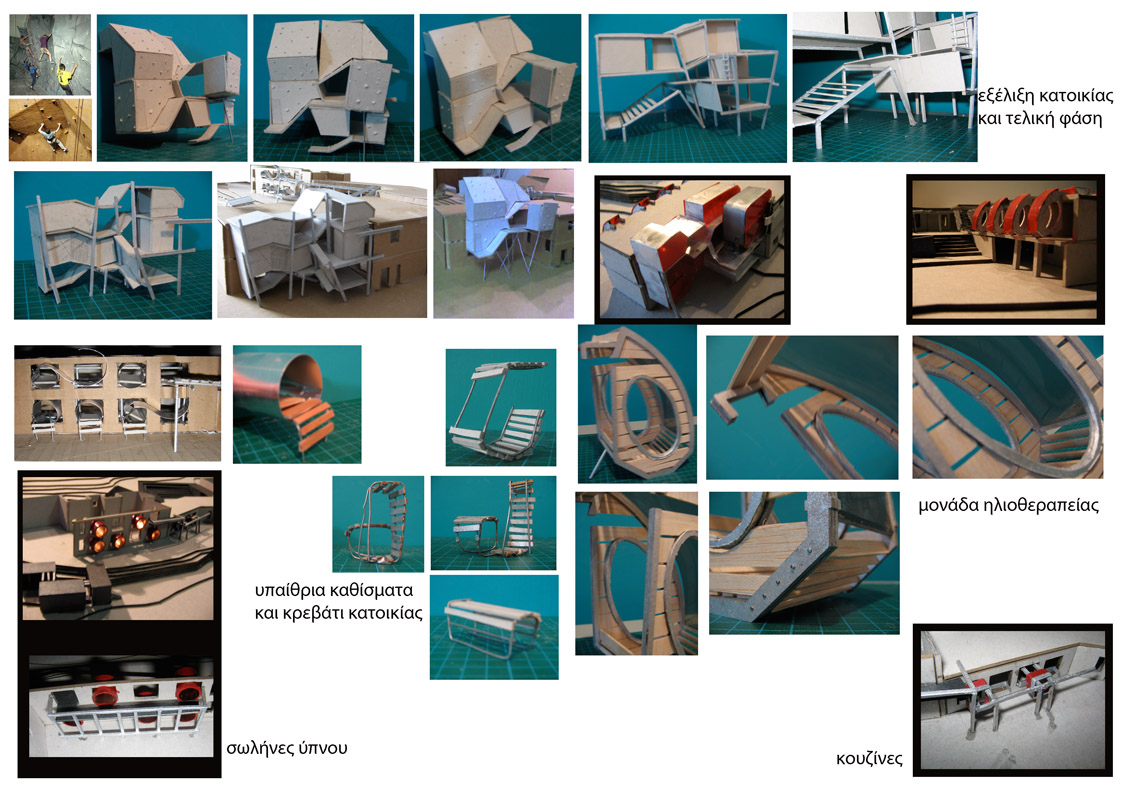

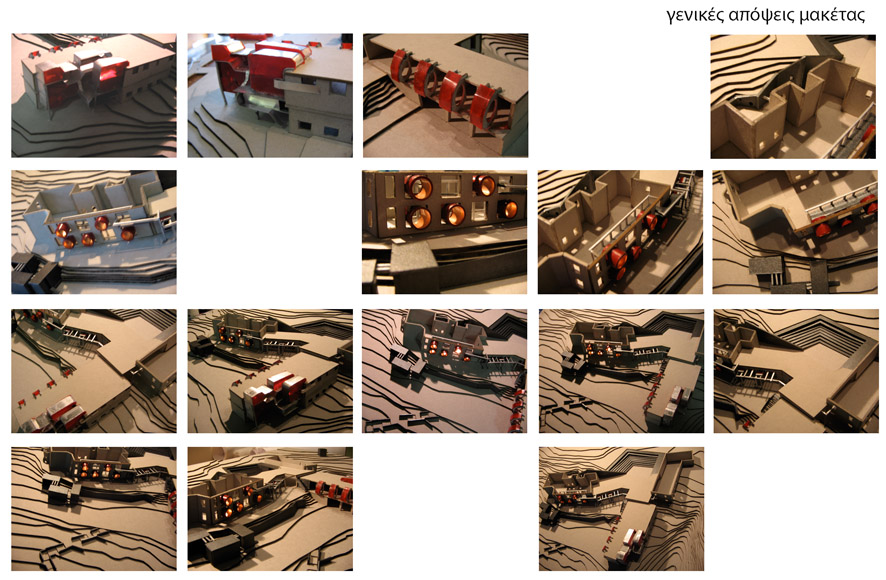



In an abandoned sanatorium, with a great history from 1925 has been ‘directed’ a story that aims to host teams of climbers or still walkers of mountain that seek a temporary habitation.
The sanatorium is in the woods of mount Pilion, next to Hania village and it seems as to be a part of land as nature has penetrated in the ruins. Therefore, the approach for a rehabilitation is connected to a different approach of the landscape.
As a climber uses the aspects of ground for sleeping, resting, turning on a light, with this same way are shaped spaces that serve needs, in the ‘holes’ and on the walls of the old building. A parasite architecture around this.
Sleeping tubes, a cooking system in the window, units of residence with ‘extracted’ beds from the interior of the ruins, sun-units supported on the existing structural system they constitute the basic additions systems. In the surrounding space ‘are dispersed ‘ the bathrooms with the surgery, the amphitheatre using as a stage the old- stone wall and a camera obscura.
The constructions and the movements of the building are supported on and around the existing terrace as the time of acne of sanatorium was the most biotic space with a unique view. There, were organised conversations with guest poets of the doctor Karamanis (founder of sanatorium), there was held the therapy of the patients (sunbathing).
Tuberculosis caused a great social problem and exclusion and it’s therapy presupposed discipline in regulations and methods.
The reuse of the space aims that this place is going to be a shelter in the mountain, as in the past was a ‘ social shelter ‘. The users use their units individually in a way of a collective living. The dimensions and the inclinations of the additional structures are studied in order that the body finds it’s place and does the functions in a way that uses the minimal dimensions.
The proposed use for the climbers coincides with the fact that the surrounding area is now used for camping and walking.
The great dream of Karamanis was that illness of tuberculosis would have been eliminated and on the future everyone to be able to enjoy this peaceful place of meditation, calm and rest.
Supervisor: Kotionis Zissis
Reference Number: 138
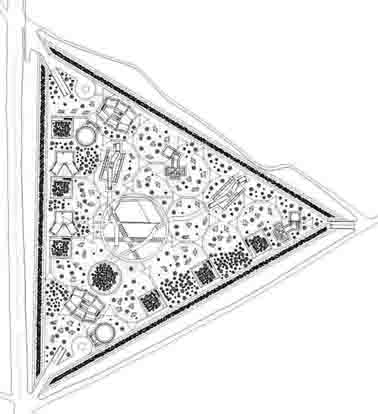

In the urban complex of Thessaloniki, which consists of the unification of towns spreading north from the Thermaik golf, a void of functions and educational installations is presented. A large area educational park which could support buildings and many educational functions away from the chemical hazards and bad psycology of traffic and life in the city. A place where a visitor walks and participates in open or specialized educational activities. A place of relaxation, thought and recreation
The subject of design is the harmonization of the built enviroment with natural surroundings in a landscape of approximately 2900 ares. My goal is for the visitors to walk paths within the landscape. This is achieved by walking through the network of paved paths which lead to buildings, or by climbing to the kiosks which are circled by the paved paths, or by walking random paths.
The selection of the specific area is based on the urban character of the area which could attract visitors not just from Thessaloniki but also from other nearby municipals.
The purpose of this proposal is not just the execution and view of some performances in the closed or open spaces. It is mostly the education that is realized in many ways. Education of youth in different terms than that of the standard “lecture-in-a-classroom”.
My vision is something different. To combine nature with human intervention. The desings offer rich plantation, small elevations of the ground, small triangular pavements with paths and the subtle presents of building. Main activites of walking thinking and education. Learners here have a chance to explore their interests in open or closed spaces, in the kiosks or under a tree.
Supervisor: Stylidis Iordanis
Reference Number: 116
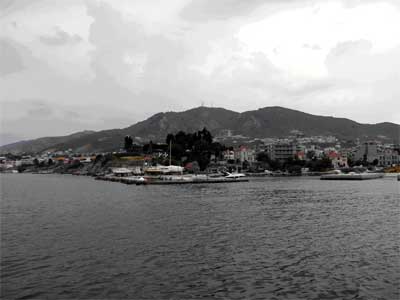

Mytilene , a town with brief tradition to literature and arts, have many different buildings in which take place cultural events. These are far away each other. We suggest the construction of a building , with many levels and small circular theater, in which will be possible the citizens attend all these events and exhibitions. We find a place, westwards the town, with brief view to the old town, the harbour and the coasts of Asia Minor.
Supervisor: Kanarelis Theoklis
Reference Number: 131
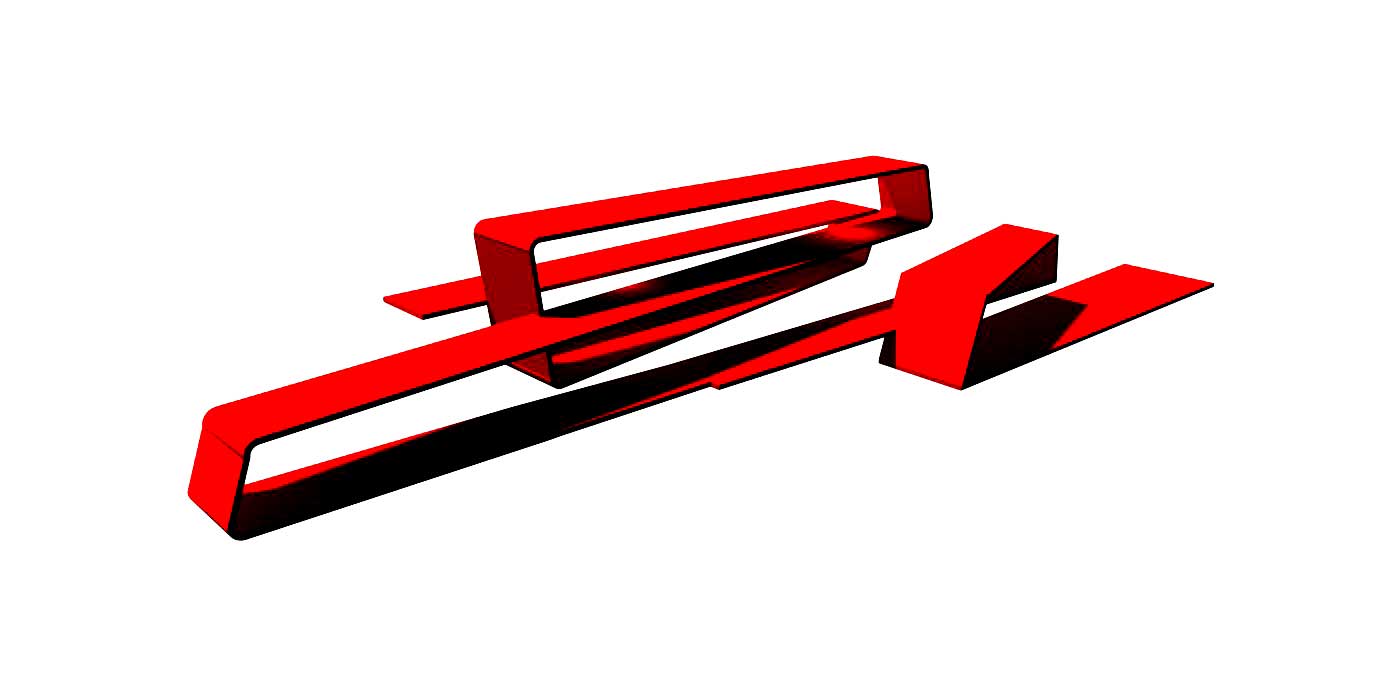

The complex of the refuges buildings at av. Alexandras was built at 1936 to lodge the refugees of Asia Minor. The complex consists of 8 buildings and it is considering one of the last buildings of social home of thirties. Likewise is one of the first examples of organized urban building, with land planning and architectural draught, affected of the percephous of the modern movement. So the complex composes one separated unit in a broadness urban plan, therefore is been influenced from the uses of the center of the city and from public buildings.
The aim of the diplomatic post is to be remained the physiognomy and the uniqueness of the complex through a renegotiation that will serve the needs of the area in combination with the new uses.
In a concrete manner is been suggested the maintenance 5 out of 8 apartments houses in a specific way so not to be offended the land planning and the memory of the refuge complex. So 5 of the multifamily dwelling is been placed in a unit that is been suggested to receive uses of civilizing character while at the same time the whole building site obtains a flexibility that gives it the possibility to be adapted to the broadness urban plan and to the uses that surrounds it.
Supervisor: Adamakis Kostas
Reference Number: 127

